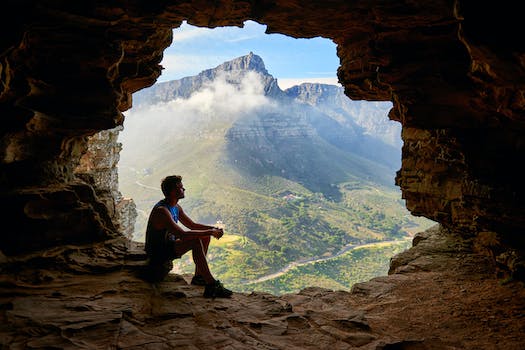Trekking for a Cause: The Rise of Eco-Tourism and Sustainable Trekking
In recent years, there has been a significant shift in the mindset of travelers towards eco-tourism and sustainable trekking. This emerging trend is not only more conscious and responsible but also focuses on making a positive impact on the environment and local communities. Eco-tourism and sustainable trekking have become popular choices for adventure enthusiasts who want to explore the world while ensuring the preservation of nature and supporting local sustainable development.
One of the key elements of eco-tourism is minimizing the negative impact on the environment. Sustainable trekking aligns perfectly with this concept by offering immersive experiences where trekkers can enjoy the beauty of nature without harming it. Organizations and tour operators that specialize in eco-trekking routes ensure that the footprints left by trekkers are minimal and reversible. These routes often adhere to a strict code of conduct that includes the proper disposal of waste, avoiding damaging flora and fauna, and respecting the local cultures and traditions.
Eco-trekking also focuses on supporting local communities and empowering them through sustainable development. Unlike traditional tourism, which often concentrates wealth in the hands of a few, eco-trekking promotes economic and social development at the grassroots level. Local guides, porters, and homestay hosts are given fair wages, creating opportunities for employment and income generation. This approach empowers local communities to preserve their culture and natural resources while improving their living standards.
Another aspect of eco-trekking is the emphasis on education and awareness. Trekkers are often provided with information about the local ecology, cultural heritage, and conservation efforts. This helps foster a deeper understanding and appreciation of the environment and encourages trekkers to become ambassadors for sustainability. By educating tourists about responsible practices and the importance of preserving natural habitats, the trekking industry is contributing to the broader mission of conservation and environmental protection.
Several examples around the world demonstrate the success of sustainable trekking initiatives. The Annapurna Circuit in Nepal is a popular trekking destination known for its support of local communities. The route consists of guesthouses built and operated by locals, ensuring that the revenue generated stays within the community and benefits all stakeholders. Similarly, the Inca Trail in Peru encompasses strict regulations to protect the sensitive natural and cultural heritage of the region.
The rise in eco-tourism and sustainable trekking signifies a shift in the way people view travel. Travelers now seek meaningful experiences that go beyond mere sightseeing and relaxation. They want to actively contribute to the preservation of the environment and the well-being of local communities. This growing demand has led to more tour operators offering eco-friendly trekking options and more travelers choosing responsible travel options.
To ensure the long-term success of eco-trekking, governments and organizations must continue to promote sustainable practices and support communities. This can include investing in infrastructure, providing training and resources to locals, and implementing policies that protect natural resources.
Trekking for a cause not only contributes to environmental conservation and sustainable development but also offers trekkers a unique and rewarding experience. It allows them to connect with nature, learn about different cultures, and make a positive impact on the world. With the rise of eco-tourism and sustainable trekking, we can hope for a future where travel and exploration go hand in hand with responsible and sustainable practices.
![]()








